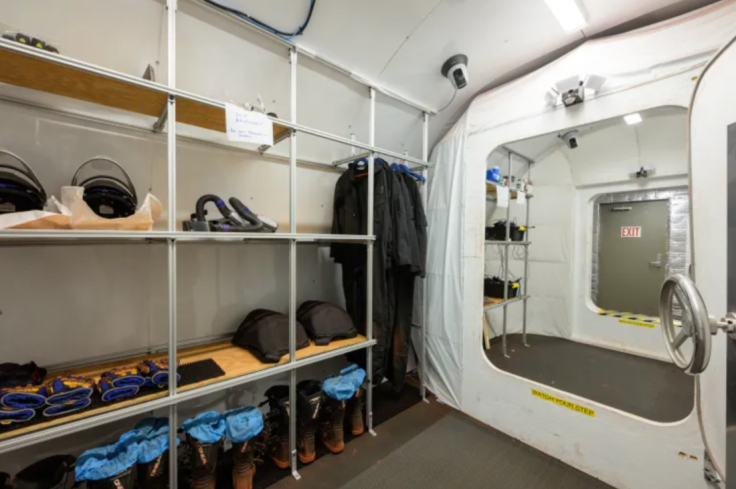The first Martian simulation conducted by NASA is just halfway through, but the space agency is already looking for applicants for the next mission. You can apply to participate, provided that you have the skillset and academic achievements that NASA requires.

CHAPEA 2 Mission
The second mission for the Crew Health and Performance Exploration Analog project will begin in 2025, but you could apply as early as now until April 2nd. The simulated mission will also last for a year and only four applicants will be selected by the end of the process.
The CHAPEA 2 mission will take place in a 1,700-square-foot 3D-printed habitat in Houston called the Mars Dune Alpha habitat. It will mimic the potential environment on Mars as much as possible so that the space agency can study how people will fare in such conditions.
Located in NASA's Johnson Space Center, resources will be very much limited, simulating the lack of a supply source when living in the Red Planet, and the environment will be harsh as well, as reported by Engadget. There's even a 1,200-square-foot sandbox for spacewalk simulations.
The four selected participants will be performing many tasks within the duration of the simulation such as maintaining the space they'll live in, growing crops, and many more, which is why there applicants must possess certain capabilities to join.
For starters, only people between the ages of 30 to 55 can submit an application. For academic attainment, they need to have a master's degree in the STEM field and speak English proficiently for effective communication.
Among the unique qualifications are a minimum of one thousand hours piloting an aircraft, as well as a minimum of two years' worth of work with a STEM doctoral program. The two mentioned achievements are not prerequisites.
Other forms of professional experience could also be accepted even without a master's degree, so as long as it would be beneficial to the CHAPEA 2 simulation. The selection process could take up to 14 months after the deadline, so you'll have to wait a while to see if you've been accepted.
Purpose of the Analog Mission
NASA intends to reach Mars someday, but there are a couple of tests to get through first to determine the best way to survive on the barren planet, which is why the analog field tests were created by NASA engineers and scientists.
Ground-based experiments also serve as an alternative as projects based in space will take more time, money, equipment, and manpower. Participants will have their behavior observed regarding isolation and confinement, team dynamics, and menu fatigue, among others.
The CHAPEA simulation is also meant to test new technologies, robotic equipment, vehicles, habitats, communications, power generation, mobility, infrastructure, and storage. Those that work will be included in the future space missions.
The results of the experiment will help NASA assess the risks of several space travel aspects like planned exploration food system design, associated vehicle mass and volume requirements, and resource-risk trades for long-duration exploration missions.









